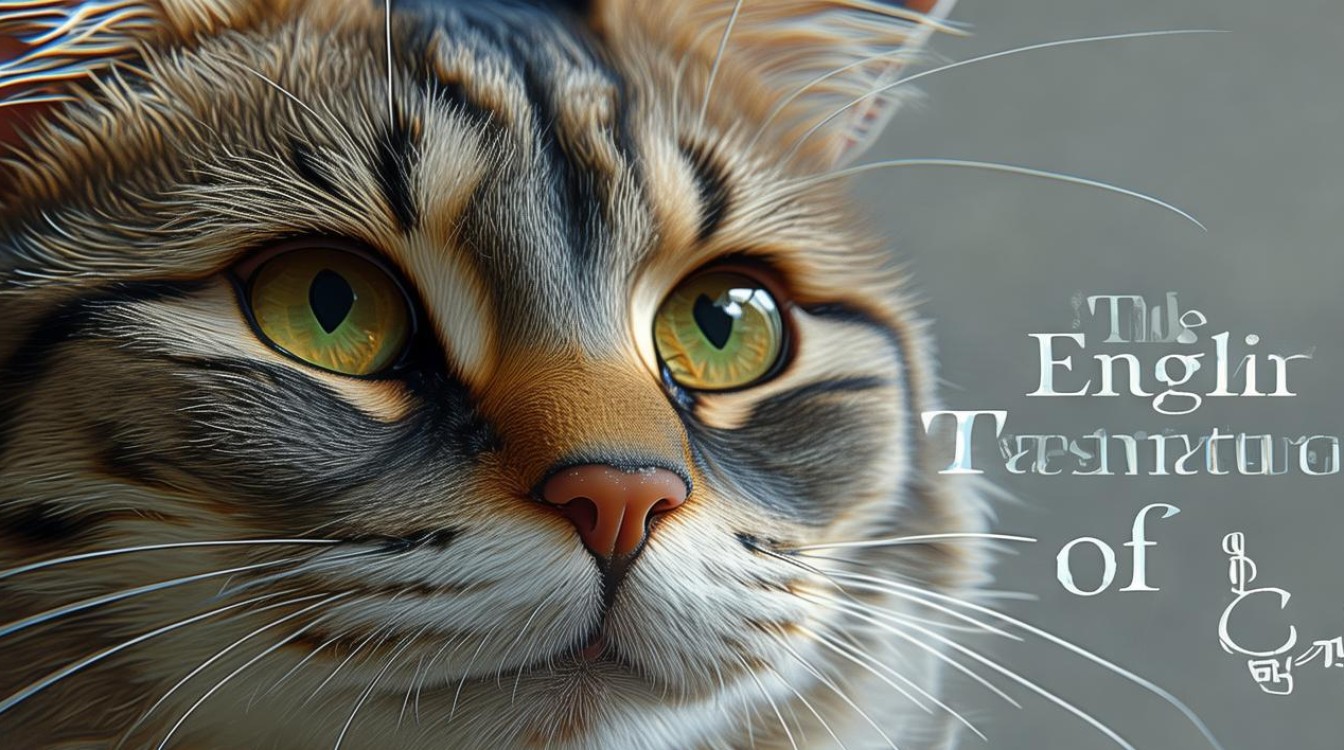When discussing the translation of the word "cat" into English, the answer is straightforward: the term remains "cat." However, this simple translation opens the door to a deeper exploration of language, cultural significance, and the role of felines in human society. Understanding how this word functions in different contexts provides insight into both linguistic structure and the relationship between humans and animals.

The Linguistic Basics
"Cat" is a monosyllabic word in English, derived from the Old English catt, which in turn came from the Late Latin cattus. This term has remained remarkably stable across centuries, with only minor variations in pronunciation and spelling. Unlike some words that change dramatically between languages, "cat" is easily recognizable in many European languages:
- French: chat
- Spanish: gato
- German: Katze
- Italian: gatto
The consistency of the word across languages suggests a shared cultural and historical connection to domestic cats, which have been human companions for thousands of years.
Cultural and Symbolic Meanings
Beyond its literal meaning, "cat" carries symbolic weight in different cultures. In ancient Egypt, cats were revered and associated with deities such as Bastet, the goddess of home, fertility, and protection. Killing a cat, even accidentally, was considered a grave crime. This reverence contrasts with medieval European superstitions, where black cats were sometimes linked to witchcraft.
In modern times, cats occupy a unique space in global culture. They are beloved pets, internet celebrities (thanks to viral videos and memes), and even symbols of independence and mystery. The English language reflects this through idioms like:

- "Curiosity killed the cat" – warning against unnecessary risk-taking.
- "Let the cat out of the bag" – revealing a secret.
- "The cat’s pajamas" – an old-fashioned way to say something is excellent.
These phrases demonstrate how deeply embedded cats are in English-speaking societies.
Scientific and Biological Context
From a biological standpoint, the domestic cat (Felis catus) is a small carnivorous mammal. The word "cat" can also refer to larger felines, such as lions, tigers, and leopards, though these are more precisely called "big cats." The distinction is important in zoology, where terminology must be exact.
Scientific literature uses Latin-based classifications to avoid ambiguity. For example:
- House cat: Felis catus
- Lion: Panthera leo
- Tiger: Panthera tigris
This precision ensures clarity when discussing different species.

Translation Challenges in Literature and Media
When translating texts involving cats, nuances matter. A children’s book might use playful terms like "kitty" or "pussycat," while a scientific paper would stick to Felis catus. Subtle differences in connotation can affect how a character or scene is perceived.
For instance, in Japanese, the word neko (猫) is the standard term, but mike (三毛) refers specifically to calico cats. A translator must decide whether to preserve cultural specificity or adapt for an English-speaking audience.
The Role of Cats in Digital Communication
The internet has amplified the cultural impact of cats. From Grumpy Cat to Lil Bub, feline personalities have shaped online humor and language. The word "cat" is now inseparable from digital culture, appearing in hashtags (#CatsofInstagram), memes, and even coding slang (e.g., "copycat" in programming).
This phenomenon has influenced how people perceive the word. A simple translation doesn’t capture the layers of meaning that "cat" holds in the digital age.

Personal Perspective
Language is more than a collection of words—it’s a reflection of history, culture, and human experience. The fact that "cat" translates so cleanly into English doesn’t diminish its richness. Instead, it highlights how certain concepts transcend linguistic barriers. Whether discussing pets, mythology, or internet trends, the word carries a depth that goes beyond its dictionary definition.
Understanding these layers makes translation more than a mechanical task; it becomes an art. The next time you say "cat," consider the centuries of meaning packed into those three letters.

